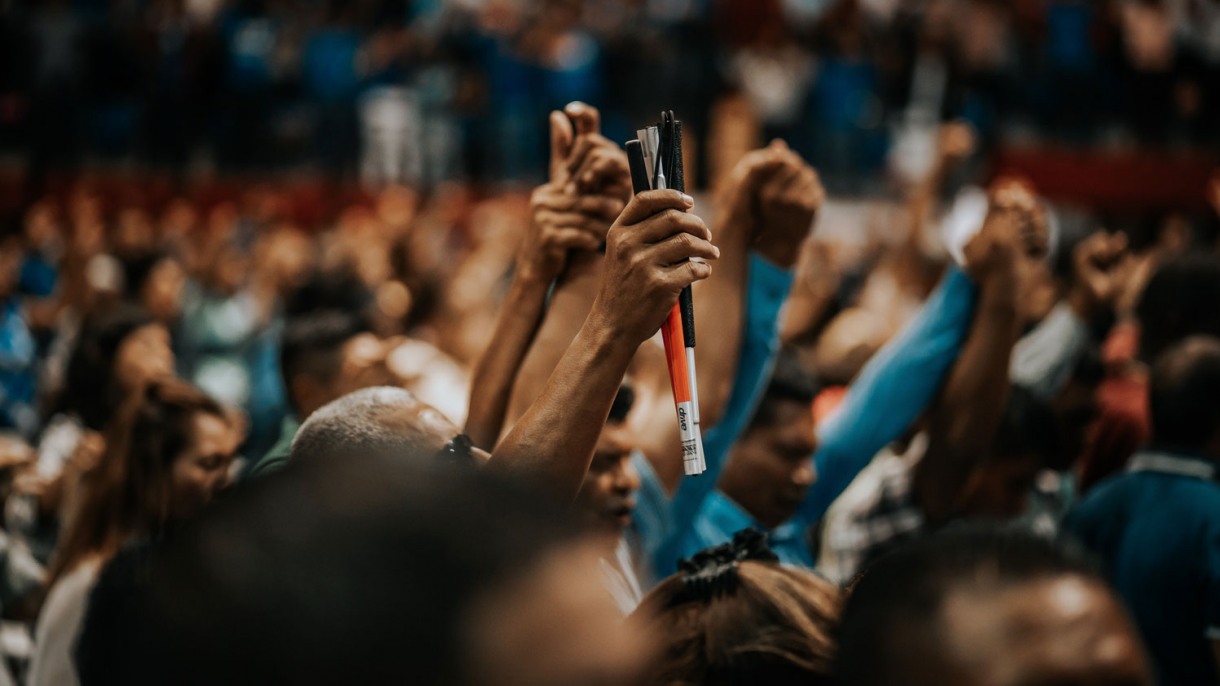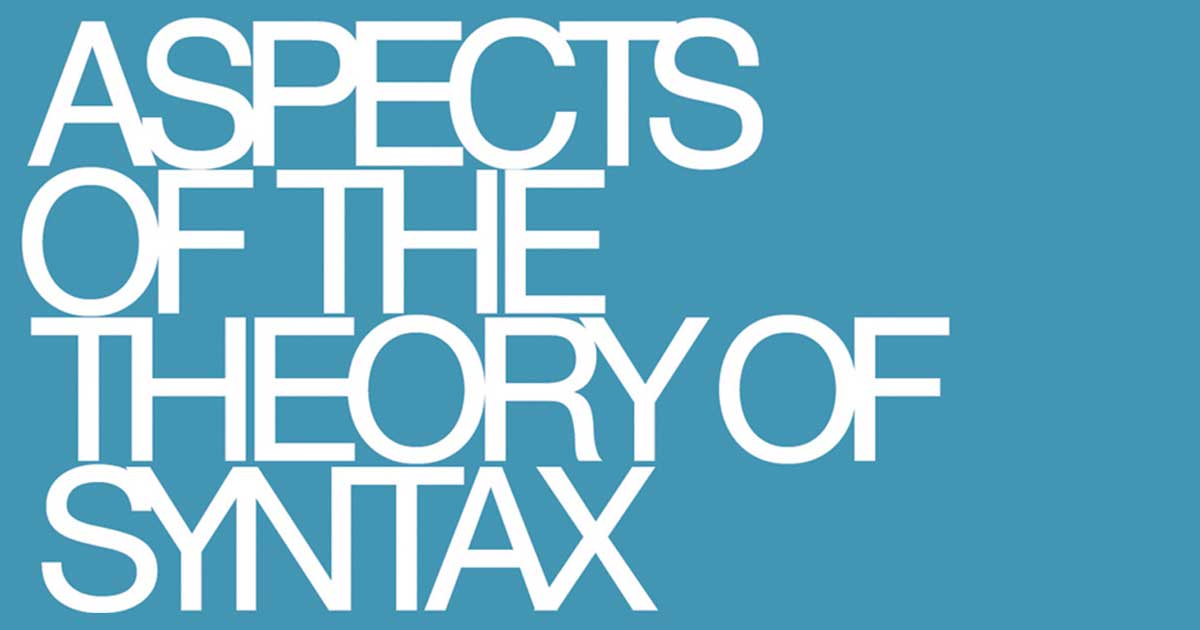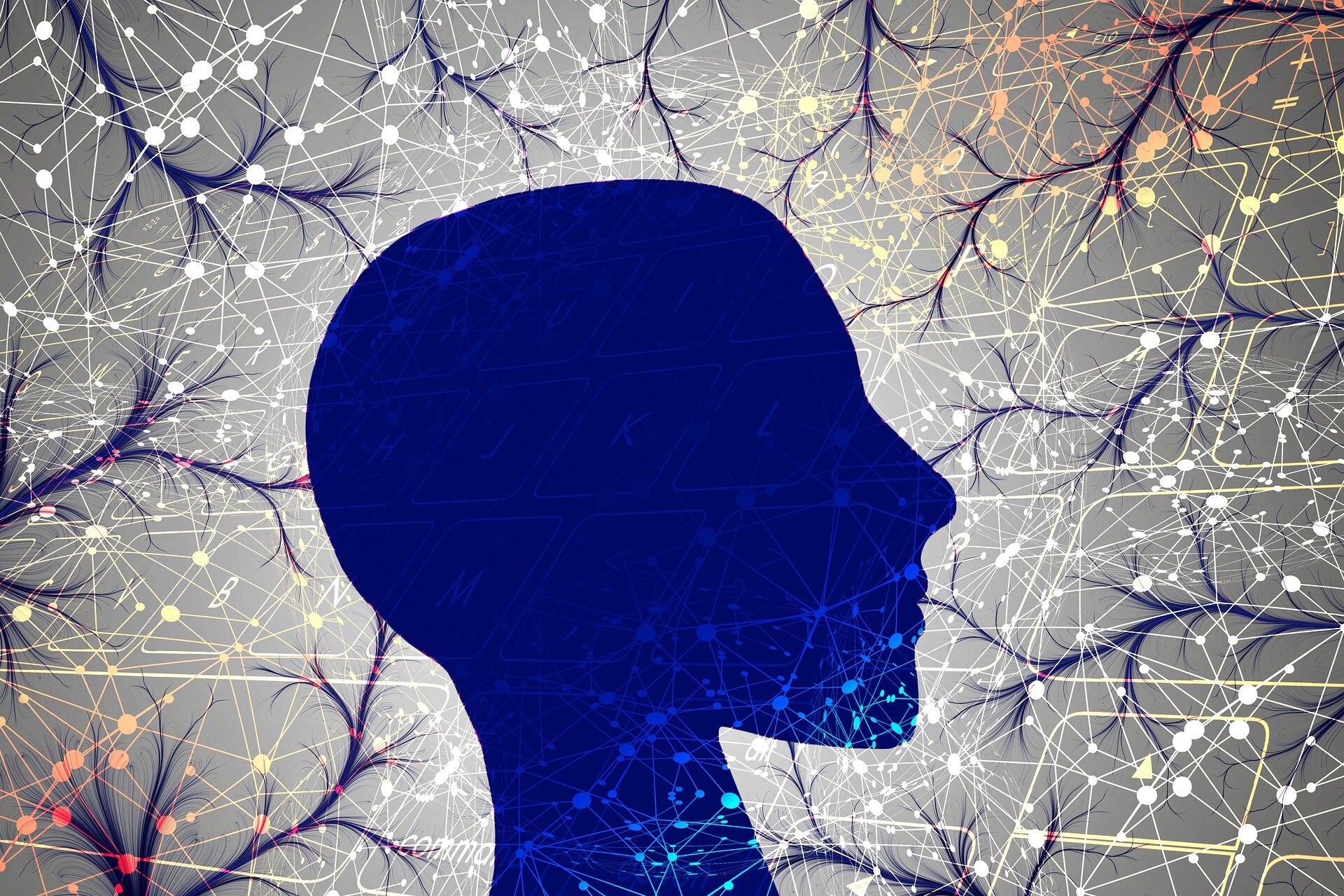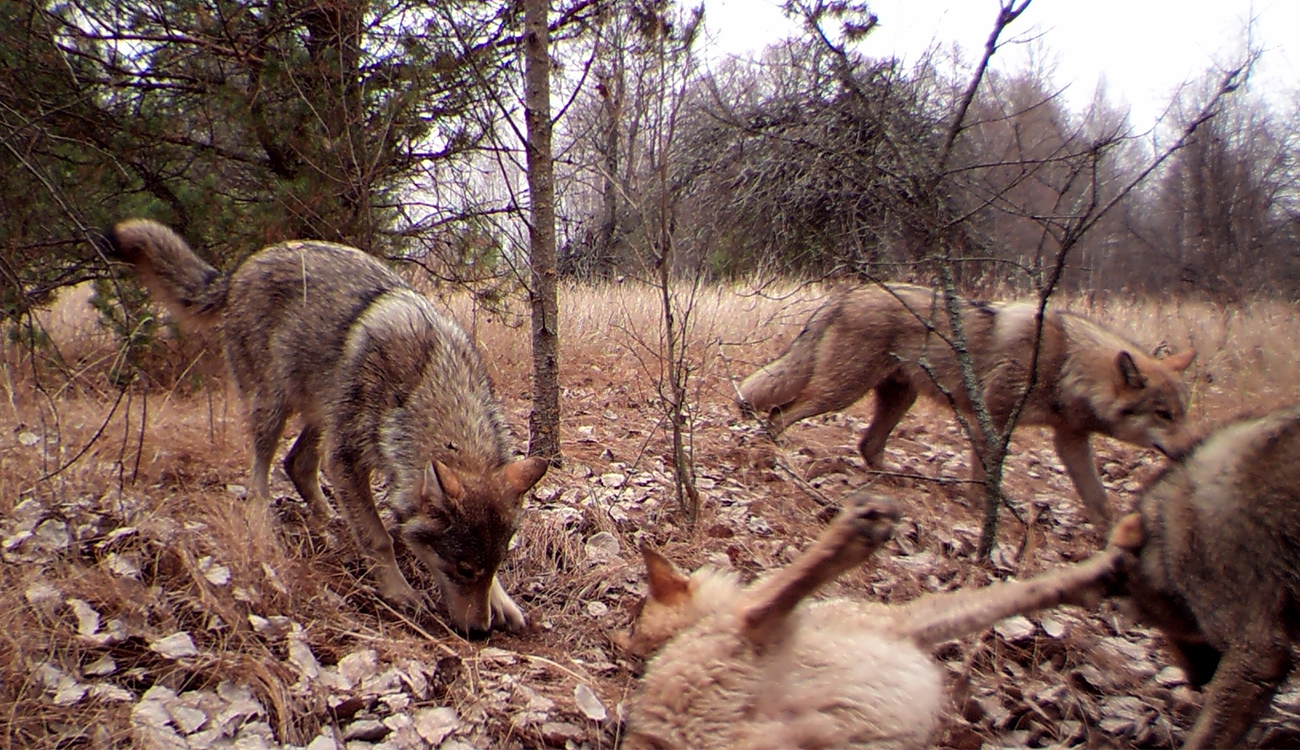Human - Wikipedia
Humans (Homo sapiens) are the most abundant and widespread species of primates, characterized by bipedality and large, complex brains enabling the development of advanced tools, culture and language. Humans are highly social beings and tend to live in complex social structures composed of many cooperating and competing groups, from families and kinship networks to political states. Social interactions between humans have established a wide variety of values, social norms, and rituals, which bolster human society. Curiosity and the human desire to understand and influence the environment and to explain and manipulate phenomena have motivated humanity's development of science, philosophy, mythology, religion, and other fields of knowledge.
Humans evolved from other hominins in Africa several million years ago. Although some scientists equate humans with all members of the genus Homo, in common usage it generally refers to Homo sapiens, the only extant member. H. sapiens emerged around 300,000 years ago, evolving from Homo erectus and migrating out of Africa, gradually replacing local populations of archaic humans. Early humans were hunter-gatherers, before settling in the Fertile Crescent and other parts of the Old World. Access to food surpluses led to the formation of permanent human settlements and the domestication of animals. As populations became larger and denser, forms of governance developed within and between communities and a number of civilizations rose and fell. Humans have continued to expand, with over 7.9 billion humans occupying almost all regions of the world in July 2021.
Genes and the environment influence human biological variation in visible characteristics, physiology, disease susceptibility, mental abilities, body size and life span. Though humans vary in many traits (such as genetic predispositions and physical features), two humans on average are over 99% similar, with the most genetically diverse populations from Africa. The greatest degree of genetic variation exists between males and females. On average, men have greater body strength and women generally have a higher body fat percentage. Females undergo menopause and become infertile decades before the end of their lives. They also have a longer life span in almost every population around the world. The division into male and female gender roles has varied historically, and challenges to predominant gender norms have recurred in many societies.





















